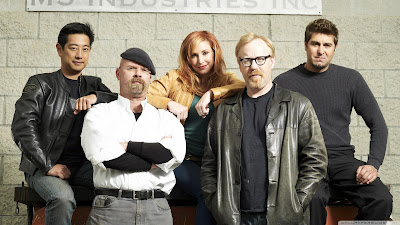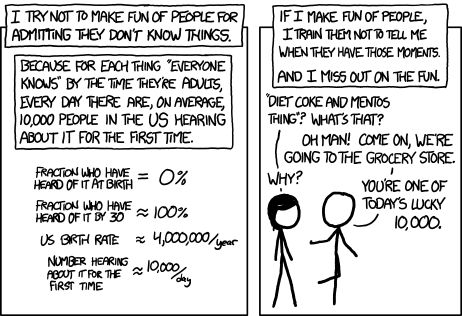
|
| Left to right: Eisele, Schirra, Cunningham |
The following December I was concerned about getting a GI Joe Astronaut. He had life-like blonde hair. At school Mrs. Jones was teaching us about the Apollo 8 that was about to launch. I don’t remember seeing this in the lunchroom but throughout the 2nd and 3rd grades we had special assemblies highlighting the space program. It was broadcasted on television and we watched from the classroom or at home on our T.V. (that only had 2 channels). While I don’t have a perfect memory of the space program, there are few important dates that I do remember.
January, 27 1967
I remember watching a program on Apollo-Saturn (AS) 204. On the launch pad at Kennedy Space Center. On this date, At 6:31 p.m., the capsule was engulfed in flames and the three astronauts aboard—Gus Grissom, Ed White, and Roger Chaffee—died of asphyxiation. In retrospect I see now why the Apollo 7 mission was such a big deal when I was in the first grade.
I remember watching a program on Apollo-Saturn (AS) 204. On the launch pad at Kennedy Space Center. On this date, At 6:31 p.m., the capsule was engulfed in flames and the three astronauts aboard—Gus Grissom, Ed White, and Roger Chaffee—died of asphyxiation. In retrospect I see now why the Apollo 7 mission was such a big deal when I was in the first grade.

|
| Major Matt Mason (A doll...) |
Neil Armstrong and Edwin Aldrin Jr. make the first manned soft landing on the Moon and the first moonwalk. What I remember the most about that “One small step for mankind” was the following January for my birthday, I received the bendable astronaut named Major Matt Mason. I bent his arms until they fell off and the flag was worn. I miss that toy. GI-Joe and his accessories were called dolls back then, but I wish my siblings had called them action figures instead. My interest in science and space travel was one of ridicule and teasing, but the GI Joe Henshin Cyborg Base Station was worth the ridicule.
Now that I think of it, most of my memories from the space program from 1969-1977 come from my toys and food - the Pillsbury Space Food Sticks at my grandmas (Chewy Chocolate was my favorite). Space sticks with Tang was a meal fit for any astronaut.
April 11, 1970
Although many events, both tragic and celebratory, happened during this time period, I don’t remember any excitement in school that compared with the - Apollo 13 launch which suffered an explosion in its SM oxygen tanks. Its Moon landing was aborted, and the crew, James A. Lovell, Jr., John L. Swigert, Jr. and Fred W. Haise, Jr., return safely. I remember that some thought it was a ploy to get American's attention on the fading interest in the space program. I was only 9 years old so I remember some things just in passing.
July 30, 1971
Apollo 15 astronauts David Scott and James Irwin drive the first moon rover. The next year, Apollo 17 astronaut Harrison Schmitt drives a similar rover. I do remember this and not for the science or interest in space exploration but more so because I wanted the GI-Joe Commander Space Lunar Moon Rover for Christmas. When I was about 15 I was less interested in becoming an astronaut and more concerned about the girls in the playground (my first grade marriage did not last).
January 28, 1986

|
| The Challenger Explosion |
By 1977 I was less interested in GI Joe, but I do remember that GI Joe goes interplanetary in the form of a new 8-inch space-exploring super Joe. These action figures are smaller, cheaper and just not like they use to be. At this time I was 15, and my interest in the Voyager program was the jokes I could make about Voyager traveling to Uranus. I knew about Skylab, and around this time there were many firsts including an untethered spacewalk, a women walking in space, and other experiments that were being performed in space. I remember Reagan being the first president that I voted for, and again near my birthday January 25, 1984, President Ronald Reagan made an Apollo-like announcement to build a Space Station within a decade as part of the "State of the Union Address" before Congress. Reagan's decision came after a long internal discussion as to the viability of the station in the national space program.
"Dad, someday I'm going to walk on Mars!" To this day he talks on and on about Mars. We watched the video of the Curiosity rover landing and now he's excited to see the rover in person someday.My grandson (5 yrs old) has several girlfriends…and as of yet I have not received a wedding invitation. Maybe he won’t get married in the first grade like I did, but he may one day make it to Mars. Until then I will dream of space travel and all the excitement in store for future generations.
Want more thoughts from my Dad? Check them out here. Need more science? Follow us on or check out our .





 2. They know their audience.
2. They know their audience.











